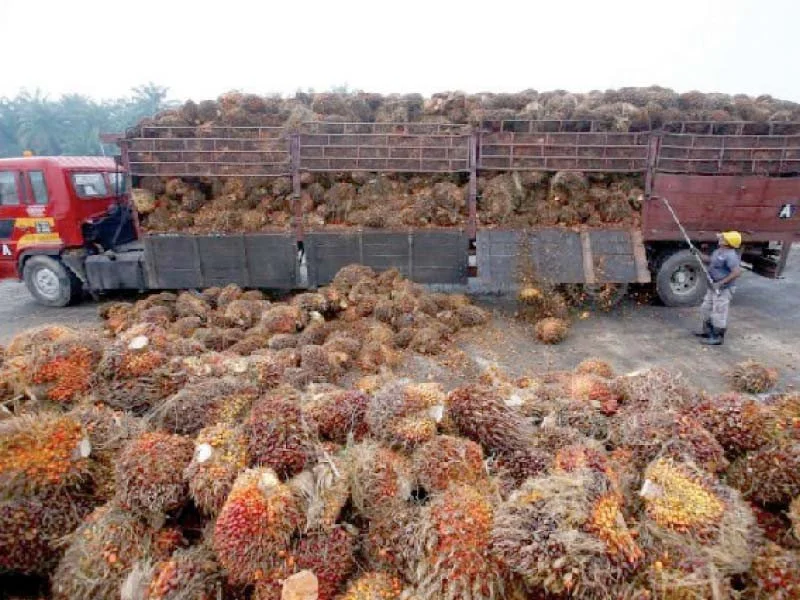KARACHI, July 3(ABC): Pakistan’s imports of cooking oil spiked to $3.56 billion in the first 11 months of the previous fiscal year that ended on June 30, 2022, which was equivalent to 60% of the three-year International Monetary Fund (IMF) loan programme of $6 billion.
The edible oil imports were 44% (or $1.1 billion) higher compared to $2.47 billion in the same 11 months of fiscal year 2020-21, according to latest data of the Pakistan Bureau of Statistics (PBS).
Besides, the price of cooking oil shot up close to Rs550 per litre in the domestic market compared to around Rs200 per litre in January 2019, according to the PBS.
“Pakistan’s reliance on imports of edible oil and oilseed meals to meet domestic demand has been increasing over the past two decades. Some 86% of domestic edible oil consumption in 2020 came from imports, up from 77% in 2000,” the State Bank of Pakistan (SBP) said in its latest quarterly report on the State of Pakistan’s Economy for the first quarter (Jul-Sept) of the just ended FY22.
The trend suggests imports are growing rapidly with the increase in the size of population and per capita income in Pakistan, while the pilot projects initiated for growing palm and soybean plants in the country failed to deliver
satisfactory results.
However, the latest pilot projects undertaken in Sindh to grow palm trees have shown promising results and studies suggest Balochistan also has the land and atmosphere to do so.
However, Punjab, Khyber-Pakhtunkhwa and Gilgit-Baltistan are among the regions suitable for soybean cultivation.
The central bank said in a research study that the pilot projects could go commercial if the government gave a policy and showed consistency as well.
“The key finding is that palm does not have much potential in Pakistan in the short to medium term, whereas soybean can be produced on a large scale in the medium term if policy support is provided.”
Edible oil consumption in Pakistan has increased significantly over the past few decades – from 0.7 to 4.7 million tons between 1981 and 2020. The main demand drivers are rising population, dietary preferences and increase in per capita income, the central bank said in a research study.
“Cultivation-related measures … are expected to yield another 2.8 million tons of edible oil. This is expected to reduce import bill of edible oil by $584 million.”
While in part this increase in imports stems from the rising international commodity prices, the rise in palm and soybean imports is not a new phenomenon.
The combined imports of palm and soybean have been growing noticeably over the last 20 years, rising to 7.1% of total imports in FY21 from 3.2% in FY01.
Currently, palm and soybean products are among the top 10 commodities imported by the country.
“Total demand for edible oil in the country is conservatively expected to grow to 5.9 million tons in 2025-26, from 4.7 million tons in FY21.”

























